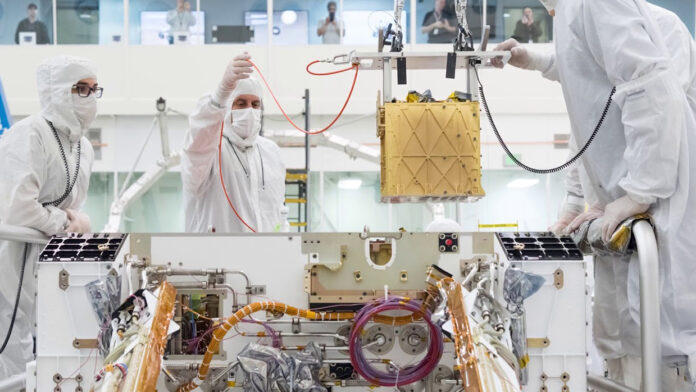HUNTSVILLE — The Space Technology Mission Directorate’s Technology Demonstration Missions program at Marshall Space Flight Center will fund the development of a fission power project for NASA and the U.S. Department of Energy.
The technology will benefit space exploration projects under the Artemis umbrella.
In partnership with Cleveland’s Glenn Research Center, NASA and the DoE have chosen three concept proposals for fission surface power. The designs are to be be ready by the end of the decade for a demonstration on the moon.
The contracts fund the development of three preliminary design concepts for a fission power system to last at least 10 years in the lunar environment. It will be awarded through the DoE’s Idaho National Laboratory, each contract valued at approximately $5 million.
The designs were developed by Lockheed Martin, which partnered with BWXT and Creare; Westinghouse, which partnered with Aerojet Rocketdyne; and IX, a joint venture of Intuitive Machines and X-Energy, who will partner with Maxar and Boeing.
“New technology drives our exploration of the moon, Mars, and beyond,” said Jim Reuter, associate administrator for the Space Technology Mission Directorate at Marshall. “Developing these early designs will help us lay the groundwork for powering our long-term human presence on other worlds.”
Relatively small and lightweight compared to other power systems, fission systems are reliable and could enable continuous power regardless of location, available sunlight, and other natural environmental conditions. A demonstration of such systems on the moon would pave the way for long-duration missions on the moon and Mars.
“The Fission Surface Power project is a very achievable first step toward the United States establishing nuclear power on the Moon,” said Idaho National Laboratory Director John Wagner. “I look forward to seeing what each of these teams will accomplish.”
Don’t miss out! Subscribe to our email newsletter to have all our smart stories delivered to your inbox.



